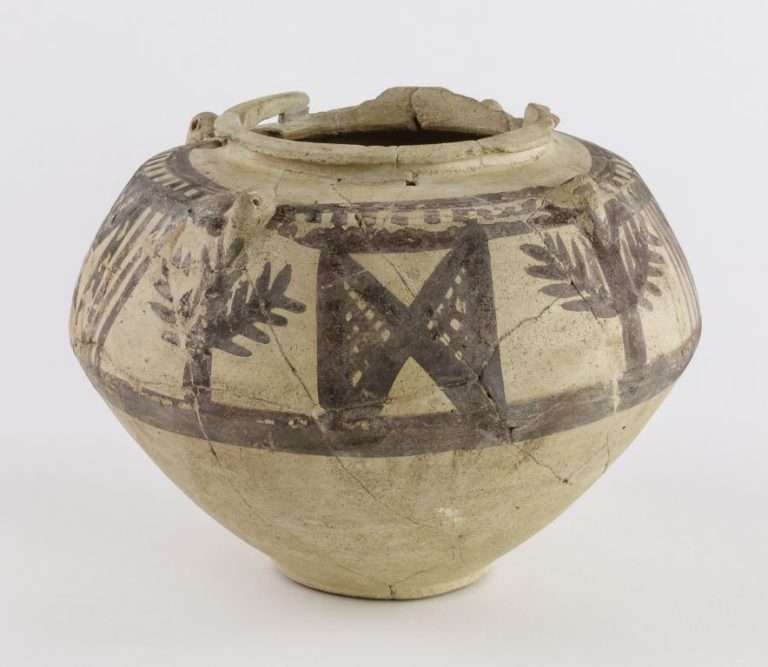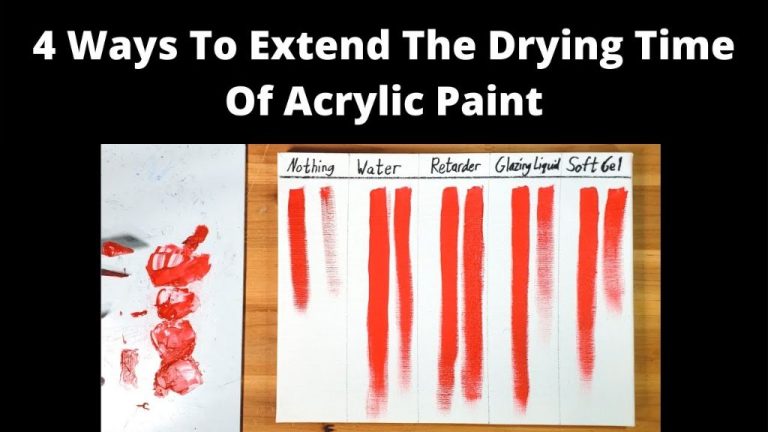How Do You Make A Clay Heart Model?
Gather Materials
The main items you’ll need to make a clay heart model are:
- Air-dry clay or polymer clay – This is the clay material you’ll be sculpting and shaping into a heart. Air-dry clay dries hard at room temperature, while polymer clay needs to be baked in an oven to set.
- Rolling pin – You’ll use this to roll out the clay into an even sheet before cutting out the heart shape.
- Heart shaped cookie cutter or cardboard template – Use a pre-made heart shaped cookie cutter or cut a heart shape out of cardboard to use as a template for cutting your clay heart shape.
- Acrylic paints and brushes (optional) – If you want to paint your finished clay heart, have acrylic craft paints and brushes ready for the finishing stage.
In addition to these main supplies, you may want gathering items like: a work surface you can mess up, parchment paper, a modeling tool, and finishings like varnish or sealer.
Prepare the Clay
To begin making your clay heart model, you’ll need to prepare the clay by conditioning and kneading it. Start with a block or ball of polymer clay. If the clay is hard or dry, you may need to condition it to make it soft and pliable again. To condition polymer clay, knead it and fold it over itself repeatedly to warm it up with friction. You can also slice off chunks of clay and knead them back together. Work the clay until it is smooth, soft, and malleable without cracking. avoid overconditioning as this can cause the clay to become gummy.
Once conditioned, continue kneading the clay thoroughly until any lumps are worked out and it has an even, smooth consistency throughout. Knead for at least a few minutes, pressing down and folding the clay over itself. Properly kneaded clay should be soft, pliable, and not stick to your hands. Kneading blends the clay particles together evenly and allows it to be shaped without cracking or crumbling.
Form the Basic Shape
After you have prepared your clay, the next step is to form the basic heart shape. Start by rolling the clay into a smooth ball. Remove any air bubbles by pressing firmly as you roll. Once the clay is rolled into a smooth ball, take a rolling pin and flatten the clay into a slab that’s around 1/4 inch thick. Try to get the slab into a uniform thickness so that the heart will bake evenly. You don’t want the slab too thick or too thin. Around 1/4 inch is ideal for a basic heart shape.
As you are flattening the clay, you may need to gently knead it to soften any stiff areas. The slab should be smooth and even before moving on to the next step of cutting out the heart.
Cut Out the Heart
Once you have rolled out your clay into a slab, it’s time to cut out the heart shape. There are a couple options for cutting out a nice clean heart.
The easiest option is to use a cookie cutter or template. Press a heart-shaped cookie cutter or template firmly into the clay to cut out the shape. Try to press it in perpendicular to the surface so you get clean edges.
Alternatively, you can freehand cut the heart using a craft blade or X-Acto knife. Trace the rough outline of a heart first, then carefully cut along the lines. This takes a steadier hand but allows you to customize the size and shape.
Once the heart is cut out, carefully peel it off the surface and smooth the edges by gently rubbing with your fingers. Try to get rid of any rough spots or extra clay. The cleaner the edges, the better your finished piece will look.
Add Texture and Detail
Once you have the basic heart shape formed, it’s time to add some texture and detail to make your clay heart model unique. This is where you can get creative and have fun customizing your heart.
Use various clay shaping tools to add lines, indentations, borders, or other patterns to the heart. Try pressing the tip of a skewer into the clay gently to make dotted lines radiating from the center. Or use a looping tool to create wavy, swirling indentations across the surface of the heart.
For a rougher, more organic texture, grab some small rocks or seashells and press them gently into the clay, leaving subtle impressions. You can also use the edge of a ruler or other straight tool to score lines across the heart.
To add a border or frame around your heart, roll thin ropes of clay and attach them around the edges. Make the frame as simple or elaborate as you like. You can even add your initials or other text by rolling extra clay into thin coils and attaching them to the heart.
Get creative with different textures, patterns, and added details to make your clay heart model unique. The options are endless, so have fun playing around to find a design you love.
Create a Stand (Optional)
If you want your clay heart model to stand up on its own, you can create a simple stand out of clay. This is an optional step, but can be a nice finishing touch.
To make a stand, take a small lump of clay and roll it into a coil shape, like a snake. Make the coil thick enough to support the weight of the heart. Pinch the coil into a circle shape to create a base.
You can also make a small clay cube or rectangle to use as a stand instead. Ensure the stand is wide enough to keep the heart upright.
Attach the coil or cube stand to the pointed bottom of the heart using water or a dab of clay. Let it dry completely before moving the heart model.
The stand will allow your clay heart to sit up nicely for display on a table or shelf.
Bake the Model
Once your clay heart model is formed and decorated, the next step is to bake it. This hardens the clay by heating it at the temperature recommended on the clay packaging. Follow the directions closely for best results.
Preheat your oven to the temperature listed on the clay package, usually around 130°C/275°F. Place your clay heart on a baking sheet or ceramic tile gently, being careful not to deform the shape. Bake for the specified time, checking often near the end to ensure it doesn’t overbake.
When done, remove from the oven and allow to cool completely before decorating further. Do not handle the model until it has fully cooled or it may become misshapen. Baking hardens the clay fully so it will hold its shape permanently.
Paint and Seal (Optional)
Once your clay heart model is baked and cooled, you may want to paint it to add extra color and dimension. Acrylic paints work best on baked polymer clay because they bond permanently to the surface. Make sure to use acrylic paints designed for clay, ceramic or glass – regular acrylic craft paints may scratch or peel.
Start by lightly sanding the baked clay surface to help the paint adhere better. Apply a few thin coats of acrylic paint rather than one thick coat, allowing each layer to dry completely before adding the next. Use a paintbrush, sponge or cotton swab to add accents, textures or designs. Allow the paint to dry fully before proceeding.
To protect the painted surface and give your clay heart model a glossy finished look, apply a clear acrylic sealant or varnish. This helps prevent chipping, scratching or fading over time. Apply 2-3 thin, even coats of sealant, allowing each coat to dry fully. Once sealed, your colorful clay heart will have a polished look and the paint will be preserved.
Display Your Clay Heart
After putting in all that hard work sculpting your clay heart, you’ll want to proudly display it for all to see. Clay hearts make wonderful gifts and keepsakes to give to loved ones. For a personalized touch, write a name, initials, or special date on the heart before baking it.
Decide on the perfect spot to showcase your clay heart. It can be placed on a shelf, desk, mantel, or windowsill. Use strong adhesives like super glue or epoxy if attaching the clay heart to a surface. Make sure the area is clean before adhering.
Another idea is to display the clay heart in a shadowbox frame along with other small sentimental items. This makes a meaningful homemade gift for weddings, anniversaries, Valentine’s Day, and more. Get creative with how and where you proudly present your sculpted clay heart for all to enjoy.
Clean Up
After completing your clay heart model, it’s important to properly clean your work area and tools. Here are some tips for cleaning up after working with clay:
Wipe down work surface – Use a damp paper towel or cloth to wipe off any clay residue left on your work table or countertop. You may need to use a bit of pressure to remove dried clay or stains.
Wash hands and clay tools – Wash your hands thoroughly with soap and water to remove any lingering clay. Also wash any clay sculpting tools or materials with soap and water and allow them to fully dry before storing.
Store leftover clay properly – Wrap up any unused clay in plastic wrap or place it in a resealable plastic bag. Store the clay in a cool, dry place so it doesn’t dry out. Leftover clay can be reused for future projects.
Taking the time to properly clean up will keep your work area tidy and make your clay tools last longer. With just a bit of effort, you’ll be ready to create your next clay masterpiece!



